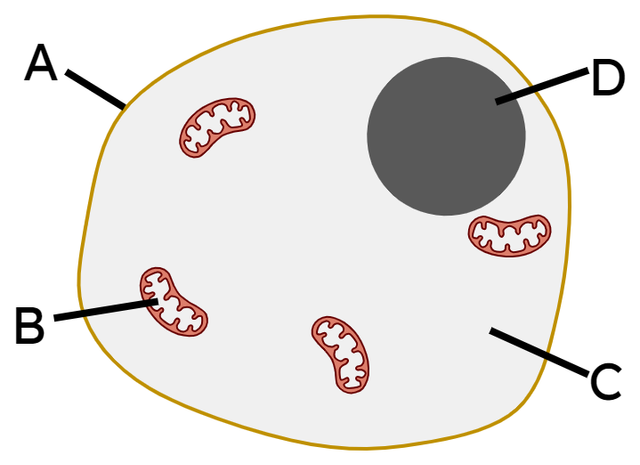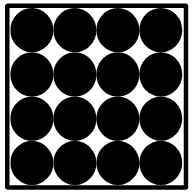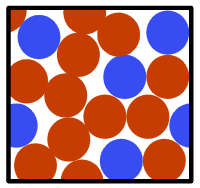Diffusion through the cell membrane
I can explain why some substances can diffuse through the cell membrane and others cannot.
Diffusion through the cell membrane
I can explain why some substances can diffuse through the cell membrane and others cannot.
These resources will be removed by end of Summer Term 2025.
Lesson details
Key learning points
- All substances, including the cell cytoplasm and substances within it, are made up of particles.
- Particles of some substances diffuse into and out of a cell by moving through small holes in the cell membrane.
- The particles that make up some substances are too big to diffuse through the holes in the cell membrane.
- The cell membrane is selectively-permeable because only some substances can diffuse through it.
- The net movement of particles through a cell membrane is down a concentration gradient.
Keywords
Cell membrane - All cells are surrounded by a membrane that controls what can enter and leave the cell.
Particles - All substances are made up of particles that are too small for us to see.
Diffusion - Diffusion is the net movement of particles of a substance down a concentration gradient.
Selectively-permeable - A material is selectively-permeable if some substances can move through it but others cannot.
Net movement - Net movement is the overall movement of particles from one area to another.
Common misconception
Thinking that all, or no, substances can diffuse through the cell membrane. Thinking that cells choose to take in particular substances, or that cells breathe or suck in substances such as oxygen.
The lesson explores the idea that particles of some, but not all, substances are small enough to diffuse through holes in the selectively-permeable cell membrane.
To help you plan your year 7 science lesson on: Diffusion through the cell membrane, download all teaching resources for free and adapt to suit your pupils' needs...
To help you plan your year 7 science lesson on: Diffusion through the cell membrane, download all teaching resources for free and adapt to suit your pupils' needs.
The starter quiz will activate and check your pupils' prior knowledge, with versions available both with and without answers in PDF format.
We use learning cycles to break down learning into key concepts or ideas linked to the learning outcome. Each learning cycle features explanations with checks for understanding and practice tasks with feedback. All of this is found in our slide decks, ready for you to download and edit. The practice tasks are also available as printable worksheets and some lessons have additional materials with extra material you might need for teaching the lesson.
The assessment exit quiz will test your pupils' understanding of the key learning points.
Our video is a tool for planning, showing how other teachers might teach the lesson, offering helpful tips, modelled explanations and inspiration for your own delivery in the classroom. Plus, you can set it as homework or revision for pupils and keep their learning on track by sharing an online pupil version of this lesson.
Explore more key stage 3 science lessons from the Diffusion unit, dive into the full secondary science curriculum, or learn more about lesson planning.

Licence
Starter quiz
6 Questions










Exit quiz
6 Questions











